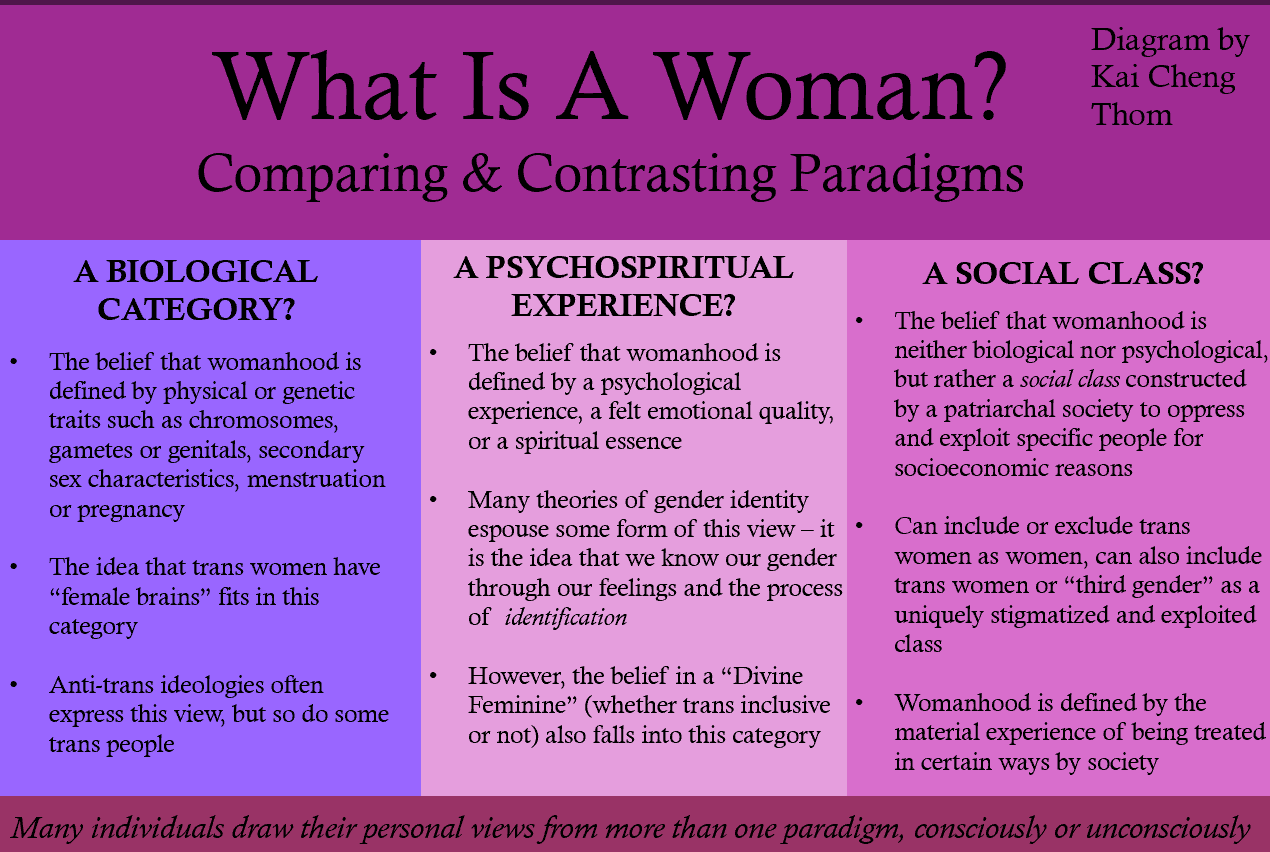The Ghost of Coverture: Why So Many Women Still Don’t Know What They Want
From our bedrooms to the ballot box, the old blueprint of erasure shows up in subtle ways—until we see it, name it, and reclaim our desires.
It took me years of shadow work (the deep, uncomfortable process of facing the parts of myself I’d learned to hide), heartbreak, psychedelic journeys, and digging through layers of conditioning—to figure out what I actually wanted. Not what would make me look like a “good partner,” not what would keep the peace, not what would make me easy to love. But what I wanted.
For a long time, the question felt almost impossible to answer. And now that I’ve found my own path toward it, I see the same struggle everywhere in other femme folks—in my coaching clients navigating non-monogamy, in my girlfriends during late night chats, in women who are otherwise absolutely brilliant, intuitive, and self-aware in every other part of their lives… except when it comes to knowing what exactly brings them pleasure and being able to clearly name their own desires, without shame or shrinking.
A Law That Never Fully Left Us
This inability to name what we want isn’t personal weakness, it’s an echo of history.
In 13th-century English common law, coverture declared that when a man and woman married, they became one person in the eyes of the law. And that person was the husband.
Under coverture, wives couldn’t own property, sign contracts, or keep wages. Their legal and economic identities were absorbed into their husbands’. Even though the law was dismantled in stages through the 19th and 20th centuries, its underlying message—that women are unequal to men, and that a woman’s role is to merge, defer, and adapt—has been passed down quietly through culture.
How It Shows Up in Non-Monogamy
You might think non-monogamy would shatter those outdated scripts. After all, isn’t the whole point to expand possibilities and honor everyone’s desires? And yet, I see coverture’s ghost here, too:
She agrees to open the relationship on his terms, even if it stretches her past capacity, because she doesn’t want to “hold him back” or risk being left behind.
She becomes the emotional project manager of his New Relationship Energy, making sure he feels free and supported—while quietly shelving her own needs.
She stays on the sidelines, telling herself she’s “not ready” to date, when in truth she hasn’t been given (or taken) the space to explore what she actually wants.
When differences in desires emerge, she’s the one who softens, compromises, or backs down first.
The Nervous System Blueprint
Even with multiple partners, many women remain tethered to the unspoken belief that their wants are secondary. It’s not just a habit—it’s a learned survival strategy, often rooted deep in the nervous system.
For generations, in cishet, mononormative cultures, a woman’s safety—physical, emotional, and economic—often depended on her ability to keep a man happy. That meant scanning for his moods, anticipating his reactions, and molding herself to avoid conflict or withdrawal.
These patterns were passed down not only through family stories, but through nervous system imprinting: fight became too risky, flight wasn’t an option, so the body learned fawn, a trauma response where you appease others as a way to maintain safety or connection.
And this isn’t something I’m speaking about from a distance. I still notice traces of this pattern in myself, even in queer relationships. That’s how deeply this blueprint runs—shaping us on a subconscious level even when the relational dynamics look entirely different.
Not everyone falls into this dynamic—the pattern of fawning, self-erasure, and placing a partner’s comfort above one’s own—but in cishet, mononormative frameworks it often shows up most intensely. Queer folks, trans and nonbinary people, and those raised outside of those frameworks may be spared some of its sharpest edges, yet dominant culture messaging usually touches all of us somewhere. The way we begin to interrupt it is by seeing the pattern, talking about it, and bringing it into conscious awareness.
Joseph Campbell’s Circle of Awareness offers a useful map here: what is unconscious must first be recognized, named, and integrated before it stops quietly running the show. The moment we can spot fawning in real time, we create a choice point—an opening to respond differently, to choose from self-trust rather than inherited fear.
Coverture Isn’t Just History
We might like to believe coverture is a relic of the past, but its shadow is alive in modern politics, too.
Take the SAVE Act, a bill passed in the U.S. House in April 2025, now awaiting debate in the Senate. On the surface, Republicans frame it as a way to “safeguard elections.” But in practice, it would block potentially hundreds of millions of legally eligible Americans from voting by requiring them to prove citizenship with hard-to-access documents like passports or birth certificates.
Here’s where the ghost of coverture comes into play: more than 69 million women who have taken their spouse’s surname don’t have a birth certificate that matches their legal name. Which means their very participation in democracy could be compromised—not because they’re not citizens, but because the legal system has historically defined their identities in relation to their husbands.
The SAVE Act is a chilling reminder that patriarchal blueprints aren’t just cultural, they are baked into systems that still control whose voices matter. Just as coverture erased a woman’s legal selfhood centuries ago, laws like this threaten to erase women’s political selfhood today.

The Disappearing Act
This kind of self-erasure rarely happens all at once. It happens in dozens of tiny deferrals:
“It’s okay, I’ll adjust my plans.”
“Let’s focus on your date first.”
“I’m fine with whatever you decide about the weekend.”
Each one seems small in the moment, but together they reinforce a dangerous story: My needs are negotiable. His are not.
Keep reading with a 7-day free trial
Subscribe to Navigating Non-Monogamy with Aria Diana to keep reading this post and get 7 days of free access to the full post archives.




